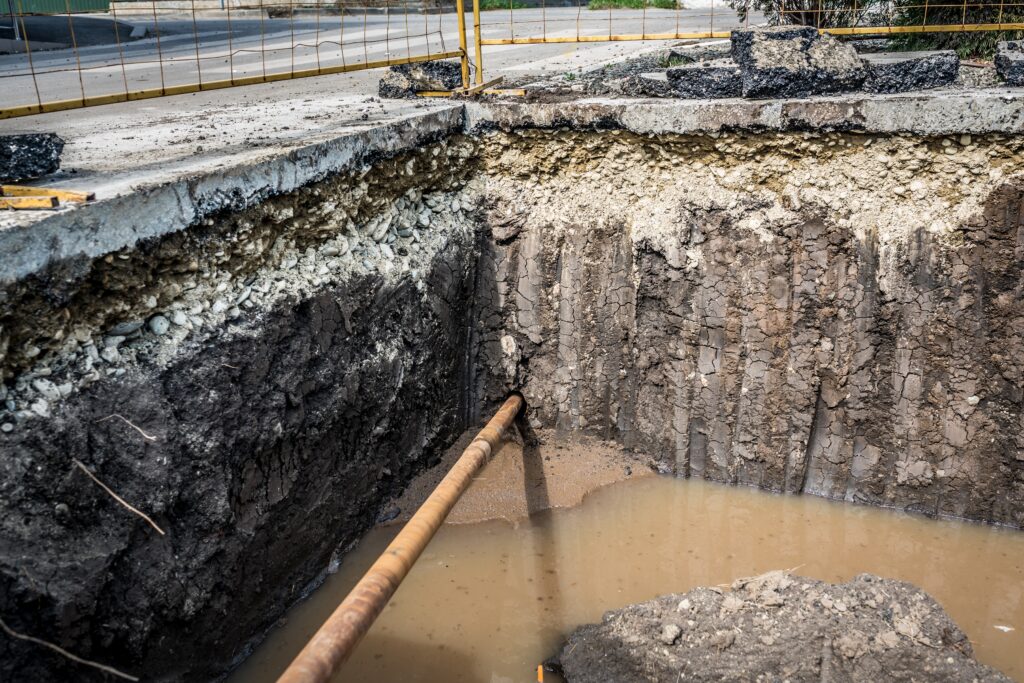
Groundwater control, or hydraulic control, is crucial in various fields such as construction, mining, and environmental remediation. If groundwater control is the goal, then removing more water from the ground in less time is the means to achieve that goal. Horizontal wells can be precisely installed within the target subsurface zones to provide maximum hydraulic control so that other associated work can continue on schedule.
Groundwater control refers to the means and methods used to manage and manipulate the water present in the subsurface to mitigate issues like flooding, soil instability, and the migration of contaminants in the groundwater. Though they are synonymous in many ways, groundwater control differs from typical dewatering applications in a few distinct ways. Dewatering is often used in construction projects or work involving the installation of conduits, such as sewer mains. Groundwater control, or hydraulic control, can be applied in many applications, often relating to environmental-based projects.
For environmental purposes, hydraulic control wells are used to manage groundwater and address contamination. In a vertical setting, dozens of wells may be installed in a line to intercept the migration of contaminated groundwater. Often times, this strategy is used to prevent the contamination from mobilizing off-site into more sensitive areas, such as residential neighborhoods or wetlands. These vertical systems, however, rely on communication between the wells to create a sound hydraulic barrier.
If even two of these wells fail to have their radius of influences overlap, the contaminants could have an avenue to migrate through.
Horizontal wells, on the other hand, present an excellent alternative to groundwater control projects compared to traditional vertical systems. With hundreds of feet of continuous screen per well, one horizontal groundwater control well can have the capacity to replace an entire line of vertical wells. Horizontal wells allow for uniform extraction across the entire screen portion so that preferential pathways in the target zone are more likely to be intercepted. The increased screen footage also ensures that the maximum amount of water is being removed so that harmful contaminants cannot breach the barrier.
Groundwater, and thus the associated contaminants, tend to migrate through more hydraulically conductive zones. Through horizontal directional drilling techniques and expert bit-locating technologies, the screen portion of the horizontal well can be installed precisely at the target depth that the hydraulic control operations need to take place. This improves the control of the hydraulic process as specific water-bearing layers or zones can be targeted.
Horizontal wells present an efficient alternative to the traditional vertical methods of groundwater control operations, particularly in regard to environmental applications. If intercepting more water in less time is the goal, horizontal wells are the solution.
77 N. Plains Industrial Road
Wallingford, CT 06492
Over 5,000 Horizontal Remediation Wells Installed Worldwide
NAICS Codes: 237990 Heavy Equipment & Horizontal Drilling • 237110 Water & Sewer Line and Related • 541620 Environmental Consulting Services for HRW Screen Design • 237130 Underground Cable Lying & Utility Line Construction
Copyright 2025 Directional Technologies, Inc. All Rights Reserved.